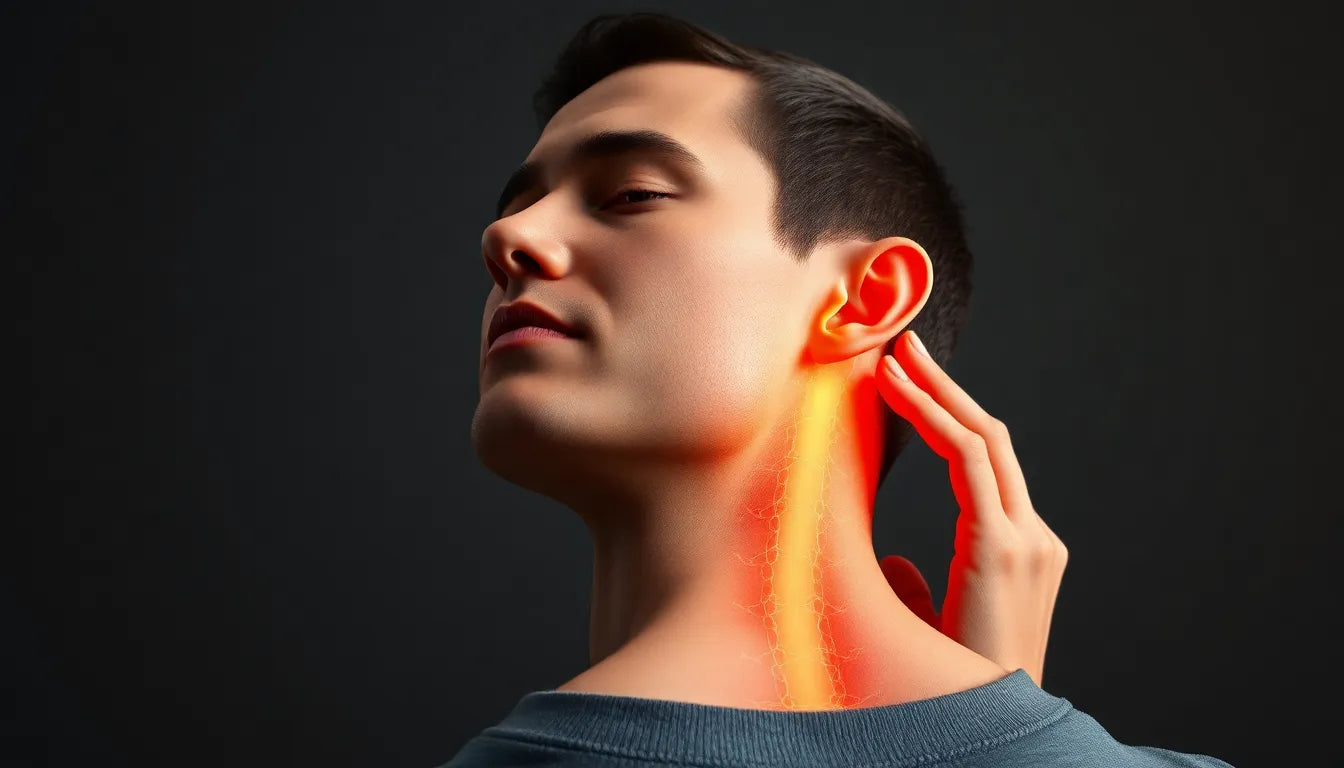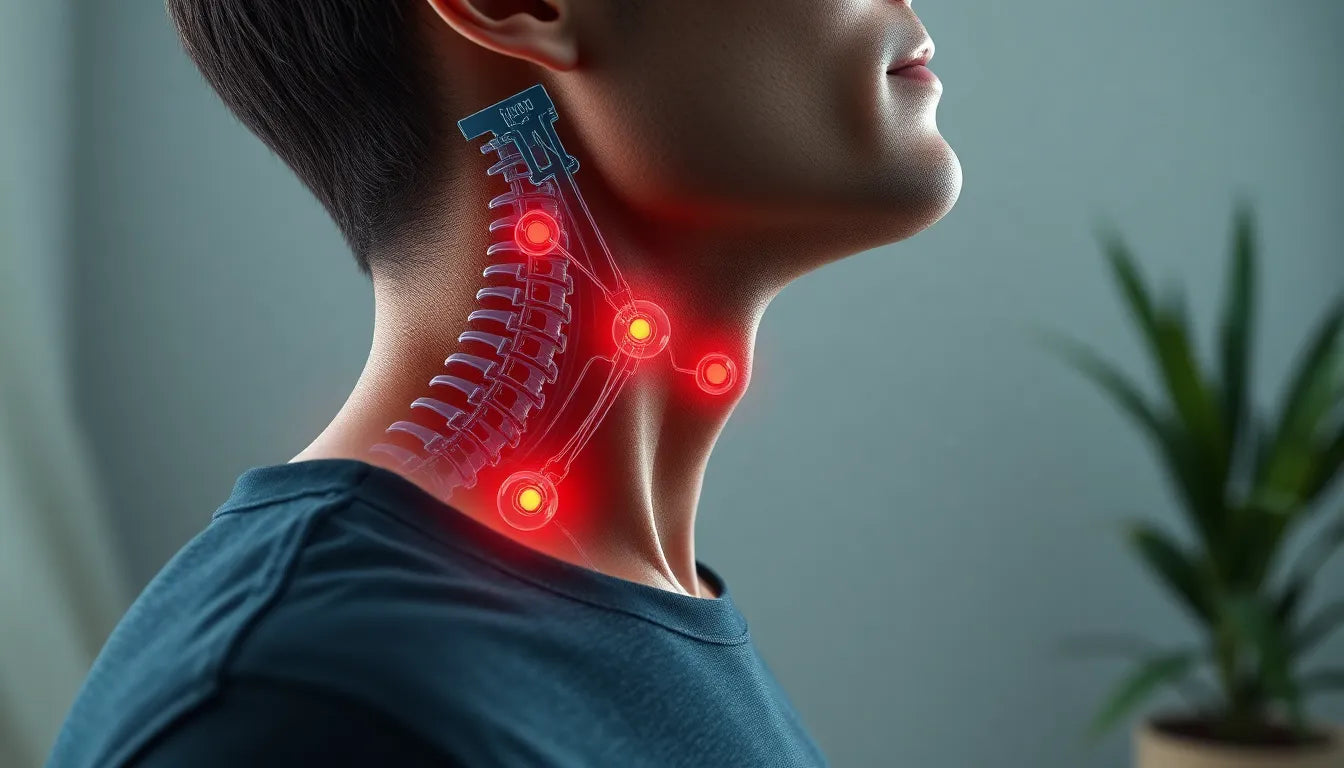Understanding a hip labrum tear is crucial for anyone experiencing persistent hip discomfort. This condition involves a tear in the labrum, a ring of cartilage that follows the outside rim of your hip joint socket. Common symptoms include deep groin pain, clicking or locking sensations, hip stiffness, and pain during hip rotation. These symptoms can significantly affect daily activities, making it difficult to perform routine tasks without discomfort.
One of the challenges with hip labrum tears is their diagnostic complexity. They are often misdiagnosed as groin strains due to the similarity in symptoms, which can lead to delays in receiving the correct treatment. Accurate diagnosis typically requires a combination of physical examinations and imaging techniques, such as MRIs, to visualize the soft tissue and confirm the presence of a tear.
The importance of exploring alternative solutions
While traditional medical approaches to treating a hip labrum tear are well-documented, it’s essential to consider alternative solutions that might not be as widely discussed. Many medical institutions focus on conventional treatments, which include rest, physical therapy, and surgery. However, for individuals seeking non-surgical or supplementary approaches, exploring additional options can be beneficial.
Considering all available treatments is particularly important for those who prefer to avoid surgery or wish to enhance their recovery process. Alternative solutions can offer significant benefits by complementing traditional medical advice and providing a more holistic approach to managing hip labrum tears.
In the following sections, we will delve into these lesser-known solutions, offering insights into how they can complement conventional treatments and potentially improve outcomes for those dealing with this challenging condition. By broadening the scope of treatment options, individuals can make more informed decisions about their health and recovery journey.
conventional treatment overview
When dealing with a hip labrum tear, most medical professionals follow a structured treatment progression. Initially, conservative management is recommended. This involves rest, activity modification, and the use of nonsteroidal anti-inflammatory drugs (NSAIDs) to manage pain and inflammation. Physical therapy is often introduced to improve hip range of motion and strengthen the core, which can help stabilize the hip joint and alleviate symptoms.
For cases where conservative measures do not yield satisfactory results, arthroscopic surgery may be considered. This minimally invasive procedure involves repairing or removing the damaged part of the labrum. Recovery from surgery can vary, with timelines ranging from a few weeks to six months, depending on the severity of the tear and the individual's overall health.
alternative and complementary solutions
ergonomic support and lifestyle adjustments
Beyond traditional treatments, ergonomic support plays a crucial role in recovery and prevention of further injury. Implementing ergonomic aids, such as proper sleeping positions and supportive seating, can significantly reduce daily stress on the hip joint. For instance, using a wedge pillow to maintain optimal hip alignment during sleep can enhance comfort and aid recovery.

Lumbar support belt
Provides stabilisation and relief to the lower back, ideal for back pain and support during daily activities.
Additionally, ergonomic chairs or cushions designed to promote proper posture can alleviate pressure on the hips during prolonged sitting. These adjustments not only support rehabilitation but also contribute to long-term hip health by preventing reinjury.
post-surgery recovery enhancements
For those recovering from hip labrum surgery, the post-operative period can be challenging. Ergonomic products can provide invaluable support during this time, particularly during the initial 2-6 week crutch period. Items like crutch pads and grips can enhance comfort and reduce strain on the hands and wrists.
Furthermore, optimizing the home environment for recovery is essential. This might involve modifying workspaces to allow for seated tasks or using standing desks to alternate between sitting and standing, thereby reducing hip stress. Comfortable sleeping arrangements, such as adjustable beds or recliners, can also improve sleep quality and aid in recovery.
long-term management for non-surgical cases
For individuals managing hip labrum tears without surgery, long-term strategies are key to maintaining quality of life. Pain management and activity modification are central to this approach. Techniques such as heat therapy, massage, or acupuncture may offer relief from chronic pain.
Additionally, supportive products like compression garments or hip braces can provide stability and reduce discomfort during physical activities. These solutions, when combined with targeted exercises and lifestyle adjustments, can help individuals manage symptoms effectively and maintain an active lifestyle.
patient experience and quality of life
Living with a hip labrum tear can be emotionally and physically taxing. However, integrating ergonomic solutions into daily routines can significantly enhance quality of life. Many individuals have found that these adjustments not only ease physical discomfort but also improve their emotional well-being by enabling them to engage more fully in daily activities.

ActivePosture® Shirt for women
Supports posture with comfort for all-day wear, ideal for office, travel, and active lifestyles.
Stories from those who have successfully incorporated alternative solutions into their treatment plans highlight the transformative impact of these approaches. By focusing on both medical and lifestyle interventions, individuals can achieve a more balanced and fulfilling recovery journey.
prevention and long-term consequences
Preventing further injury from a hip labrum tear is crucial, especially for athletes and individuals with active lifestyles. Proper physical conditioning, including exercises that strengthen the core and hip muscles, can significantly reduce the risk of additional injuries. Incorporating balance and flexibility exercises into regular routines can also enhance stability and support joint health.
Ignoring a hip labrum tear can lead to serious long-term consequences. Untreated tears may cause progressive cartilage damage, resulting in increased pain and the potential development of arthritis. Over time, this can severely impact mobility and quality of life. Therefore, early intervention and comprehensive management strategies are essential to prevent further deterioration.
comparative analysis of treatment options
When considering treatment options for a hip labrum tear, understanding the potential outcomes of each approach is vital. For instance, labral repair surgery generally offers better long-term results compared to debridement, as it preserves more of the natural labral tissue. Success rates for labral repair range from 68-82%, with many patients experiencing significant pain relief and improved function.
In contrast, debridement, which involves removing damaged tissue, may result in quicker recovery times but does not address the underlying structural issues. Patients opting for conservative management, such as physical therapy and lifestyle modifications, often find relief in managing symptoms, although this approach may not be suitable for severe cases.
frequently asked questions
what are the early signs of a hip labrum tear?
Early signs of a hip labrum tear include deep groin pain, clicking or locking sensations, hip stiffness, and pain during hip rotation. These symptoms can disrupt daily activities and may require medical evaluation for accurate diagnosis.
how is a hip labrum tear diagnosed?
A hip labrum tear is diagnosed through a combination of physical examinations and imaging techniques, such as X-rays and MRIs. In some cases, anesthetic injections are used to confirm intra-articular pathology and pinpoint the source of pain.
can hip labrum tears heal on their own?
While some minor hip labrum tears may improve with conservative treatment, such as rest and physical therapy, others may require surgical intervention for complete healing. It is essential to consult with a healthcare professional to determine the appropriate treatment plan.
what are the risks of not treating a hip labrum tear?
Not treating a hip labrum tear can lead to cartilage loss, increased pain, and the development of arthritis over time. These long-term consequences can significantly impact mobility and quality of life, making early intervention crucial.
how can ergonomic aids support recovery from a hip labrum tear?
Ergonomic aids can play a vital role in recovery by reducing hip stress, improving comfort during daily activities, and supporting proper alignment. Items such as supportive seating, wedge pillows for sleeping, and ergonomic workspaces can enhance recovery and prevent reinjury.
Kilder
- Hospital for Special Surgery. ”Hip Labral Tear.” HSS.
- University of Utah Health. ”Hip Labral Tear.” University of Utah Health.
- UCSF Health. ”Hip Labral Tear.” UCSF Health.
- Mayo Clinic. ”Hip Labral Tear: Symptoms & Causes.” Mayo Clinic.
- Yale Medicine. ”Hip Labral Tears.” Yale Medicine.
- Mass General Brigham. ”Signs of a Torn Hip Labrum and What to Do About It.” Mass General Brigham.
- Sports-Health. ”Recommended Treatments for Hip Labral Tear.” Sports-Health.
- Penn Medicine. ”Hip Labral Tear.” Penn Medicine.
- Cleveland Clinic. ”Hip Labral Tear.” Cleveland Clinic.
- Mayo Clinic. ”Hip Labral Tear: Diagnosis & Treatment.” Mayo Clinic.
- Mass General Brigham. ”Sports Medicine: Hip Labral Tear.” Mass General Brigham.
- Froedtert & the Medical College of Wisconsin. ”Torn Labrum in the Hip.” Froedtert.


















